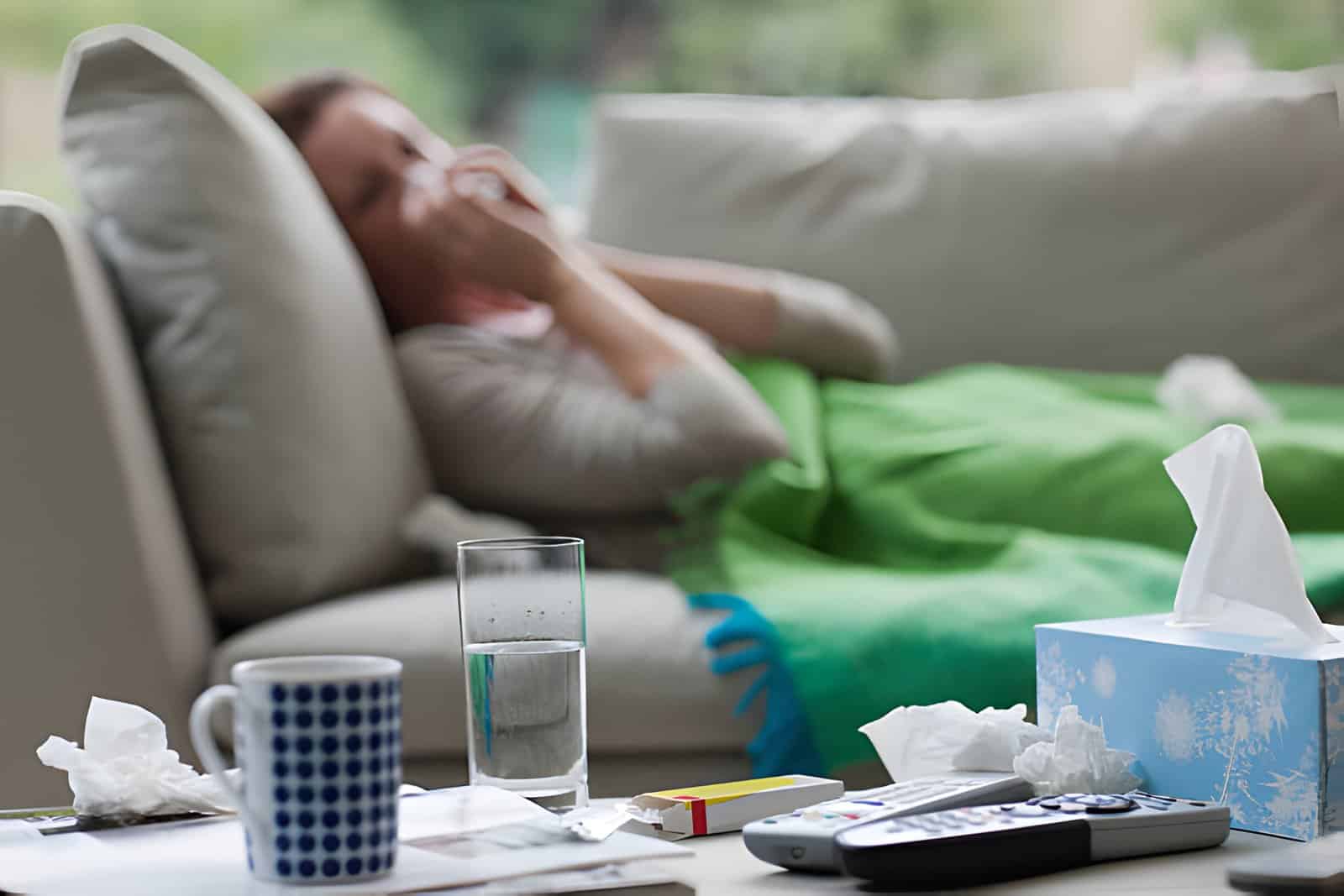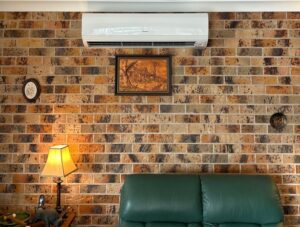You might not realize it, but your air conditioning could be affecting your health more than you think. If you haven’t kept up with regular maintenance, your system could harbour bacteria and mould, leading to a range of uncomfortable symptoms. From headaches to respiratory issues, the consequences of neglecting your AC can be significant. So, what steps can you take to ensure your indoor air quality is safe? Understanding the potential risks is just the beginning.
Understanding Air Conditioning Systems
Air conditioning systems work by removing heat and humidity from the air, creating a cooler and more comfortable indoor environment. These systems use a refrigerant to absorb heat from inside your home and release it outside.
As air passes over the evaporator coils, the refrigerant evaporates, cooling the air before it circulates back into your rooms. You’ll notice that, while enjoying this chill, the humidity levels drop, preventing the air from feeling damp and sticky.
Regular maintenance, like changing filters and cleaning ducts, is crucial to keep your system running efficiently. When functioning properly, your air conditioning system can enhance your comfort and improve air quality, making your living space more enjoyable during those hot summer days.
Common Health Risks Associated
While enjoying the comfort of a well-functioning air conditioning system, you mightn’t realize that it can also pose certain health risks if not properly maintained. One common issue is dry air, which can lead to dry skin, irritated eyes, and respiratory problems.
You may also find that prolonged exposure to low temperatures can cause muscle stiffness or even headaches. If your system isn’t cleaned regularly, you might experience increased allergens in the air, exacerbating conditions like asthma or allergies.
Additionally, sudden temperature changes when moving between indoor and outdoor environments can strain your body. Staying aware of these potential risks and maintaining your air conditioning system can help you enjoy its benefits without compromising your health.
Bacteria and Mold Growth
Neglecting your air conditioning system can lead to bacteria and mould growth, which can trigger respiratory issues and other health problems. When you don’t maintain your AC unit, moisture accumulates, creating a perfect environment for these harmful organisms.
Dust and debris can also build up, providing additional food sources for bacteria and mould.
If you’ve noticed a musty smell or a decrease in air quality, it’s a sign that your system might be harbouring these threats. Regular filter changes and cleanings are essential to reduce this risk.
By staying proactive with maintenance, you can ensure healthier air, keeping your home a safe space.
Don’t let neglect compromise your well-being—take action to protect yourself from these unseen dangers!
Symptoms of Air Conditioning Illness
Ignoring the buildup of bacteria and mould in your air conditioning system can lead to various symptoms of illness, including headaches, fatigue, and respiratory discomfort.
You might notice that your throat feels scratchy or that you have a persistent cough. If you’re sneezing more often or experiencing nasal congestion, it could be a sign your AC is circulating allergens.
You may also feel unusually tired, even after a full night’s sleep, as your body struggles to cope with the poor air quality. Additionally, dry skin and eye irritation can occur, making you feel uncomfortable in your own home.
If you experience these symptoms regularly, it’s crucial to consider the air quality in your space. Your health could be at risk.
Tips for Healthy Indoor Air
To maintain healthy indoor air, regularly clean and replace your air conditioning filters to reduce allergens and improve airflow. You should also keep humidity levels between 30-50% to prevent mold growth, which can thrive in damp conditions.
Ensure proper ventilation by opening windows when possible and using exhaust fans in areas like kitchens and bathrooms. Consider using air purifiers with HEPA filters to capture fine particles.
Avoid smoking indoors, as it significantly deteriorates air quality. Lastly, incorporate indoor plants, which can help filter toxins and improve oxygen levels.
Frequently Asked Questions
Can Air Conditioning Worsen Allergies or Asthma Symptoms?
Yes, air conditioning can worsen allergies or asthma symptoms.
It’s crucial to maintain your unit’s cleanliness, as dust and mold can accumulate, triggering your symptoms.
Regular maintenance helps keep your indoor air quality in check.
How Often Should I Clean My Air Conditioning Unit?
You should clean your air conditioning unit at least once a year.
However, if you use it frequently or live in a dusty area, consider cleaning it every few months to maintain optimal performance and air quality.
Does Air Conditioning Affect Sleep Quality?
Air conditioning can improve your sleep quality by creating a comfortable temperature and reducing humidity.
However, if it’s too cold or noisy, it might disrupt your rest.
Adjust settings for optimal comfort and sleep.
Can Air Conditioning Lead to Dehydration?
Yes, air conditioning can lead to dehydration. It cools the air by removing moisture, which can dry out your skin and respiratory system.
Staying hydrated is essential, especially if you spend extended time in air-conditioned spaces.
Is There a Link Between Air Conditioning and Respiratory Infections?
You might notice that air conditioning can create a dry environment, which may irritate your respiratory system.
Poor maintenance can also circulate dust and allergens, potentially increasing your risk of respiratory infections.
Stay proactive in managing indoor air quality.
Conclusion
In conclusion, neglecting your air conditioning system can lead to serious health risks. By regularly maintaining your unit and keeping an eye on filters and humidity levels, you can prevent the growth of harmful bacteria and mould. This simple upkeep can significantly improve your indoor air quality and help you avoid uncomfortable symptoms.
Prioritizing your air conditioning maintenance isn’t just about comfort—it’s about protecting your health and well-being. So, take action and breathe easier!



